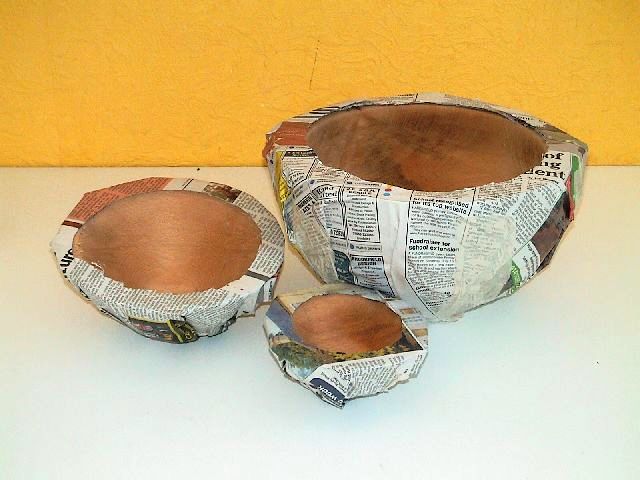midge29
Established Member
after some advice on dna drying please ,been reading on this dna drying using denatured alcohol , does anyone use this method of drying, what do you use as i read you need a license to buy denatured alcohol, does methylated spirit ,the purple stuff do the same job thanks nigel





 Another example
Another example





























